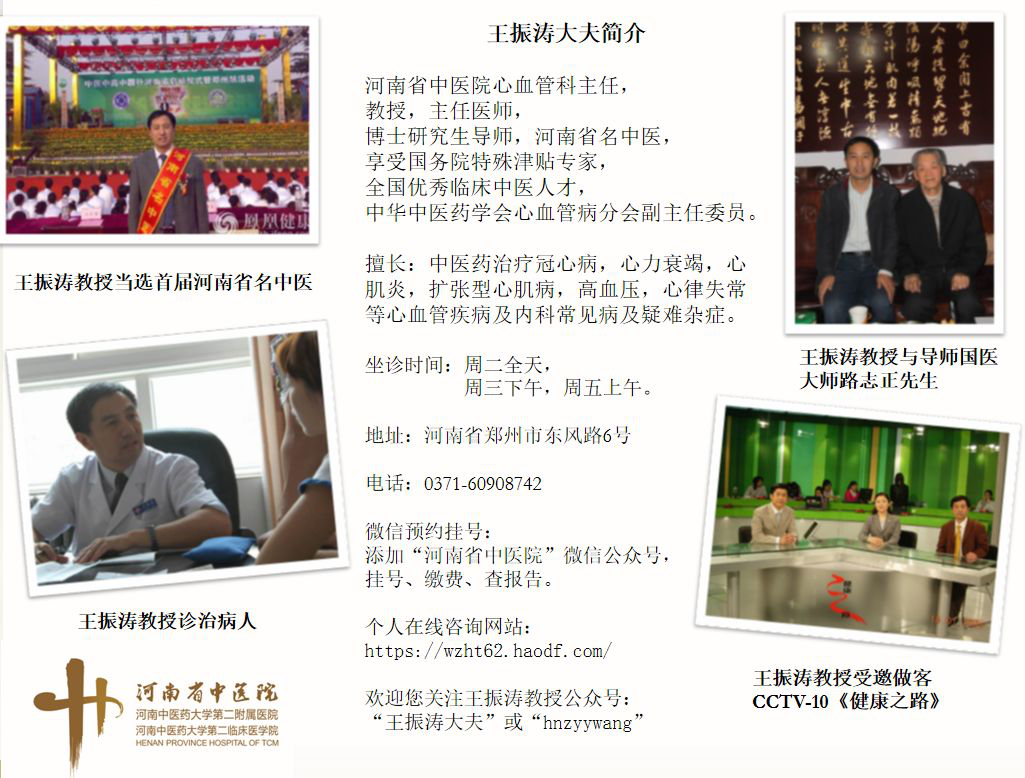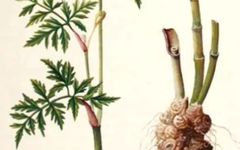
Chuanxiong (Scientific name: Ligusticum chuanxiong hort) is a cultivated plant primarily produced in Sichuan (Guangxian), and also found in Yunnan, Guizhou, and Guangxi, thriving in a mild climate. It is a medicinal herb commonly used to invigorate blood circulation, promote qi flow, dispel wind, and alleviate pain. Chuanxiong is pungent, warm, and aromatic, capable of dispersing and ascending to the head; it also enters the blood and descends to the blood sea. Its broad effects in invigorating blood and dispelling stasis make it suitable for various conditions caused by blood stasis; its ability to dispel wind and alleviate pain is particularly effective for headaches and rheumatic pain. Ancient practitioners referred to Chuanxiong as a “qi medicine in the blood,” indicating its functions of dispersing, relieving depression, promoting circulation, and alleviating pain.
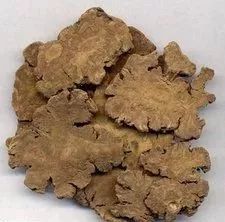
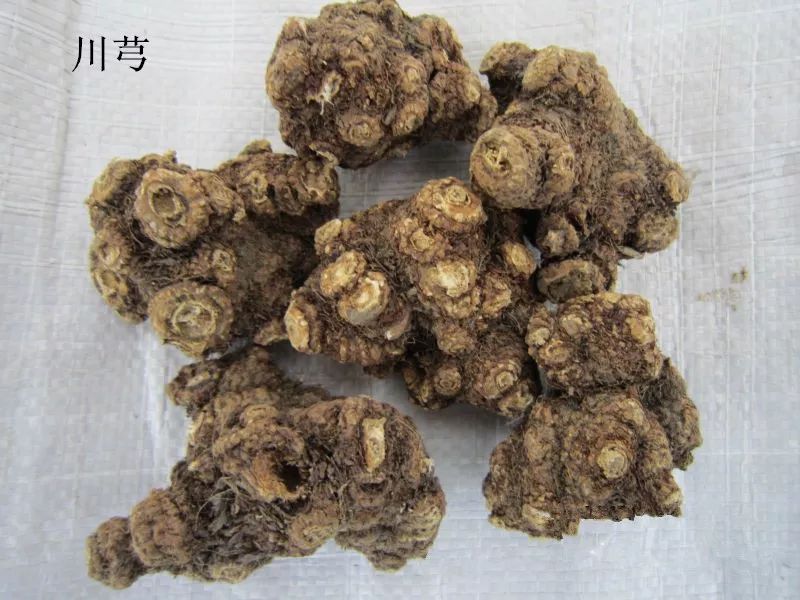
【Properties and Channels】 Pungent, warm. Enters the liver, gallbladder, and pericardium channels.
【Characteristics】 This herb is pungent and warm, dispersing and ascending to the head while descending to the blood sea. It is effective in invigorating blood circulation, promoting qi flow, dispelling wind, and alleviating pain. It is particularly suitable for headaches associated with wind-cold and blood stasis, while also applicable for conditions of wind-heat, wind-dampness, and blood deficiency, hence the saying, “Headaches are never without Chuanxiong.”
【Functions】 Invigorates blood circulation, promotes qi flow, dispels wind, and alleviates pain.
【Indications】
(1) Irregular menstruation, dysmenorrhea, amenorrhea, difficult labor, postpartum abdominal pain due to blood stasis.
(2) Chest obstruction, heart pain, lateral rib pain, limb numbness, trauma, and pain from sores.
(3) Headaches, rheumatic pain.
【Compatibility】 Chuanxiong combined with Chaihu (Bupleurum) and Xiangfu (Cyperus): Chuanxiong is pungent and warm, functioning to invigorate blood circulation, promote qi flow, and alleviate pain, ascending to the head and descending to the blood sea; Chaihu is bitter, pungent, and slightly cold, effective in soothing the liver and relieving depression; Xiangfu is pungent and neutral, effective in soothing the liver, regulating qi, and alleviating pain. The combination of these three herbs not only soothes the liver and relieves depression but also regulates qi and invigorates blood, treating symptoms of liver qi stagnation such as chest tightness, lateral rib pain, dysmenorrhea, and irregular menstruation.
【Dosage and Administration】 Internal use: decoction, 3–9g; powdered form, 1–1.5g per dose. External use: appropriate amount, powdered for topical application or decoction for washing.
【Cautions】 This herb is pungent and warm, thus should not be used in cases of yin deficiency with excess heat, qi deficiency with profuse sweating, qi counterflow with vomiting, excessive menstruation, or hemorrhagic diseases.
Identification
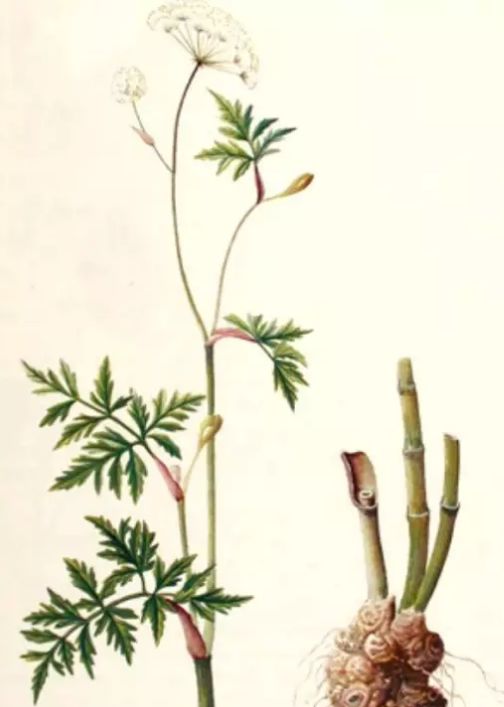
This herb appears as irregular, nodular, fist-shaped clusters, with a diameter of 2–7cm. The surface is gray-brown or brown, rough and wrinkled, with numerous parallel raised rings, and a depressed, rounded stem scar at the top. The underside and rings have many small, tuberous root scars. It is solid and not easily broken, with a cross-section that is yellow-white or gray-yellow, scattered with yellow-brown oil chambers, forming wavy layers. It has a strong aroma, with a bitter, pungent taste, slightly numbing sensation on the tongue, and a mild sweetness aftertaste.
Herbal Slices

These are irregular thick slices, with a yellow-brown or brown outer skin, featuring wrinkled patterns. The cross-section is yellow-white or gray-yellow, scattered with yellow-brown oil spots, showing distinct wavy ring patterns or polygonal textures. The longitudinal cut edges are uneven, resembling a butterfly shape, commonly referred to as “butterfly slices,” with a cross-section that is gray-white or yellow-white, scattered with yellow-brown spots.
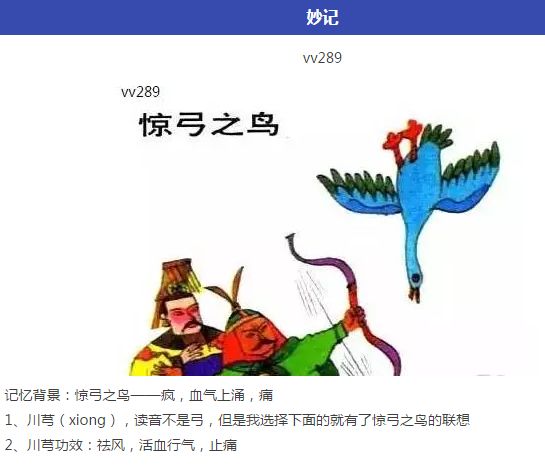

Historical Legend


In the early Tang Dynasty, the Medicine King Sun Simiao traveled with his apprentice to Qingcheng Mountain in Sichuan, braving the elements to collect medicinal materials. One day, the master and apprentice grew tired and rested in a dense pine forest. Suddenly, they saw a large female crane playing with several chicks. The Medicine King was captivated, but then he heard the chicks cry out, and saw the female crane with its head lowered, trembling legs, and continuous mournful cries. The Medicine King immediately understood that the female crane was suffering from a serious illness.
The next morning, at dawn, the Medicine King and his apprentice returned to the pine forest. Not far from the crane’s nest, the moans of the sick crane were clearly audible. After another day, they returned to the pine forest again, but the moans from the crane’s nest had ceased. Looking up, they saw several white cranes soaring in the sky, dropping a small white flower and some leaves that resembled carrot leaves. The Medicine King instructed his apprentice to collect and preserve them.
Days passed, and the female crane fully recovered, leading the chicks in play as usual. The Medicine King observed that the white cranes loved to visit the ancient caves of the cliff, where a patch of green grass grew, with flowers and leaves resembling those that had fallen from the crane’s beak. The Medicine King instinctively connected the recovery of the female crane with this plant. After experimentation, he discovered that this plant had the effects of invigorating blood circulation, regulating menstruation, dispelling wind, and alleviating pain, and instructed his apprentice to take this herb down the mountain to treat patients accordingly, which proved to be effective. The Medicine King excitedly composed a verse: “Qingcheng is the most serene in the world, the first cave in western Sichuan. Where the immortal cranes pass, good medicine descends from the heavens. This herb shall be called Chuanxiong!” Thus, it was named.
The above content is extracted from the internet, with gratitude to the original author!
